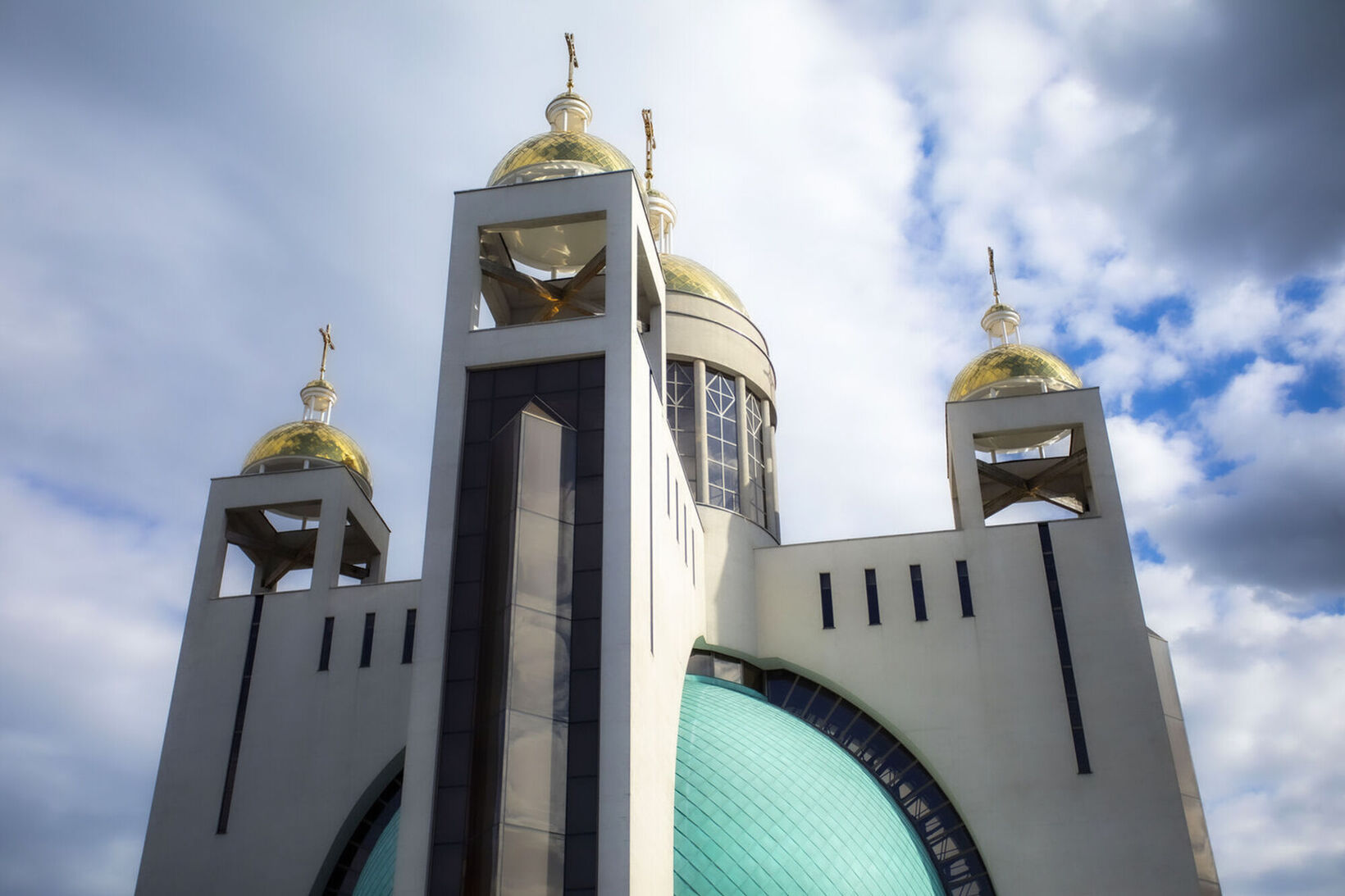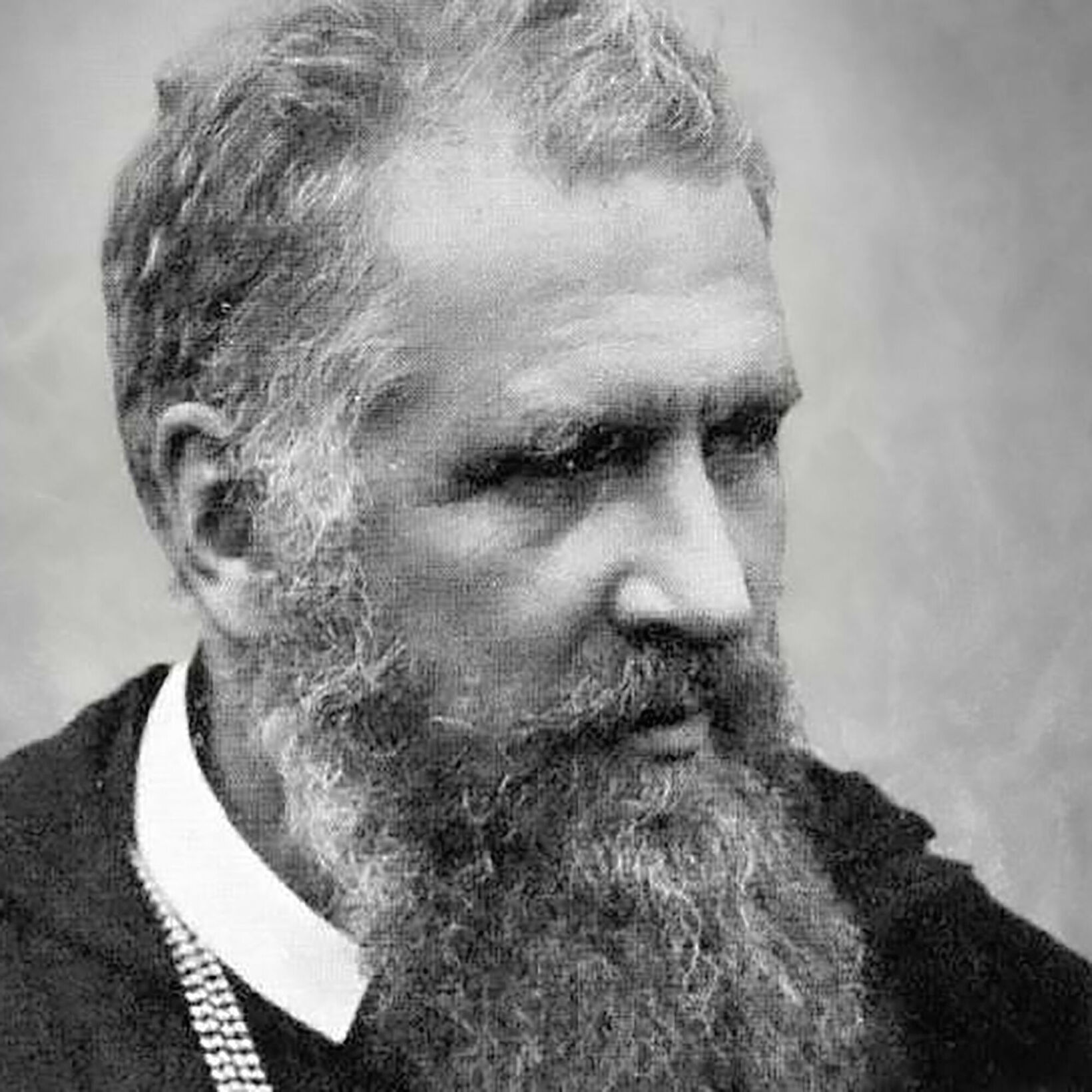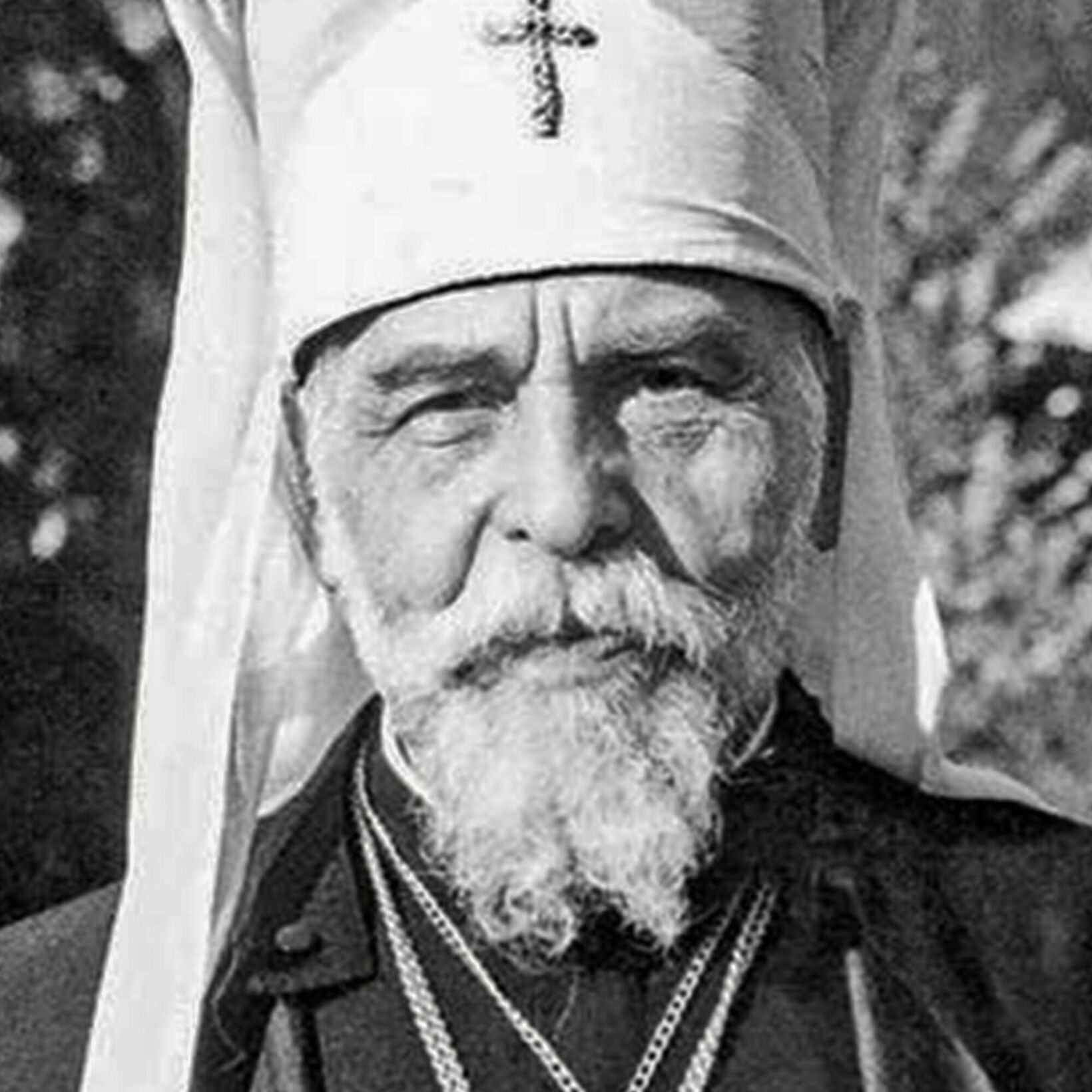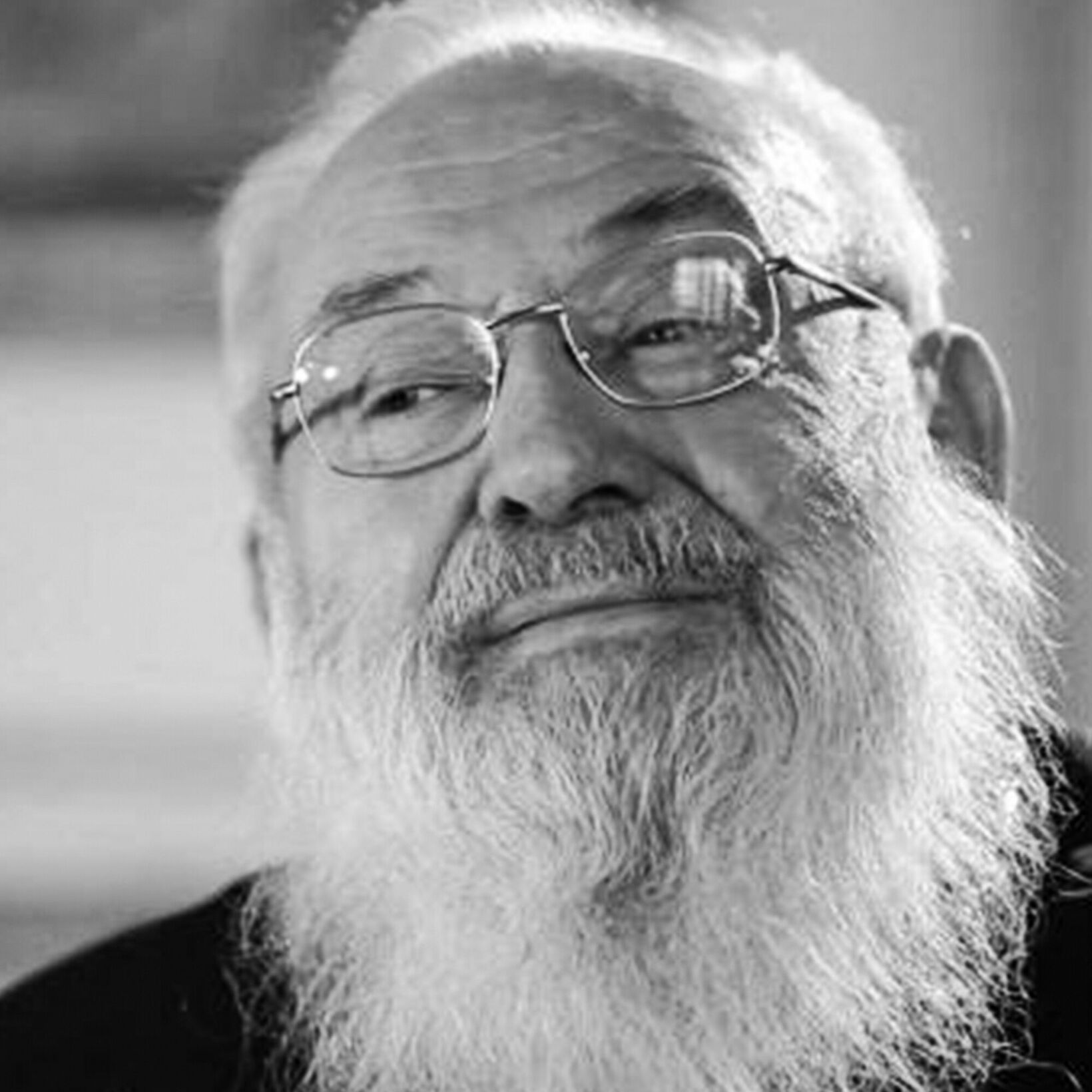The Ukrainian Greek Catholic Church (UGCC)
 The Patriarchal Cathedral of the Resurrection of Christ in Kyiv
The Patriarchal Cathedral of the Resurrection of Christ in Kyiv
The Ukrainian Greek Catholic Church (UGCC) is an Eastern Catholic Church in full communion with the Apostolic See. With more than 5.5 million faithful, it is the largest of all twenty-three Eastern Churches in the global Catholic community, second in number after the Latin (Roman Catholic) Church. The UGCC is headed by the Major Archbishop of Kyiv and Halych, His Beatitude Sviatoslav (Shevchuk). According to the canonical tradition of the Catholic Church, the UGCC is a Church of its own right (Ecclesia sui juris). It has its own rite, which originates from the Constantinopolitan tradition, and preserves its liturgical, theological, spiritual, and disciplinary heritage in the cultural and historical circumstances of its people. As one of the parts of the ancient Church of Kyiv, the UGCC strives to restore its original unity. In the framework of its faithful’s social and civic life, the Church defends the right of the Ukrainian people to their independent conciliar state and the formation of a conscious civil society within it. The UGCC implements a range of charitable and civic projects in Ukraine and abroad.
The Ukrainian Greek Catholic Church has a continuous hierarchical succession from the time of the official baptism of Rus’-Ukraine and the establishment of Church structure on its territory. A new period in its long history began in 1596, when at the Church Synod in Berest (now in Belarus), the restoration of full communion with the See of Rome was proclaimed, and later historically referred to as the Union of Brest.
According to the articles of the Union of Brest, all the rites, services, and structure of the Greek Catholic Church are to be preserved intact, as in the Eastern Orthodox Church. The Greek Catholic Church, in turn, submitted to the Pope and acknowledged the legitimacy of the Catholic dogma regarding the descent of the Holy Spirit from the Father and the Son (filioque), and the Catholic dogma regarding purgatory, two main points of disagreement between the Orthodox and Catholic Churches at that time.
As a result of the three divisions of the Polish-Lithuanian Commonwealth, the Kyiv Metropolitanate of the Greek Catholic Church was divided into two parts: in the lands under the Russian Empire, the union was dissolved in 1838. Meanwhile, the Austrian Empire pursued a policy of promoting union processes, as the UGCC played a consolidating role in Ukrainian society and positively supported the development of cultural and educational life.
The nineteenth century was an active period in the life of the Ukrainian Greek Catholic Church. The leading figure of the Greek-Catholic movement in the first half of the twentieth century was the Metropolitan of Lviv, Andrey Sheptytsky. With the establishment of Soviet power in western Ukrainian lands, the UGCC was dissolved by the authorities, and existed only underground. The Church came out of the underground only in 1989, during Gorbachev’s restructuring era of glasnost’.
On June 27, 2001, during the pastoral visit of His Holiness John Paul II to Ukraine, 28 people were beatified. They include bishops, priests, monks, nuns, and one layman, most of whom suffered and were martyred for their faith during the Communist and Nazi persecutions.
Among the most recent iconic figures of the UGCC are Metropolitan Andrey Sheptytsky (1865–1944), Patriarch Josyf Slipyj (1892–1984), and His Beatitude Cardinal Lubomyr Husar (1933–2017).
 Metropolitan Andrey Sheptytskyi
Metropolitan Andrey Sheptytskyi
 Patriarch Joseph Slipyi
Patriarch Joseph Slipyi
 His Beatitude Lubomyr Huzar
His Beatitude Lubomyr Huzar
The highest governing body of the Church is the Synod of Bishops of the UGCC, which consists of forty-three bishops from eleven countries. The Synod of Bishops is the highest legislative, judicial, and governing body of the Church. The main principle of the synodal system is collegiality. In recent times, the Synods of Bishops of the UGCC held a special significance in 2002 and 2004. The participants unanimously confirmed the procedure of approving the UGCC patriarchal system, with the decision to return the seat of the Head of the UGCC to Kyiv. According to His Beatitude Sviatoslav, today our Church is moving toward patriarchy step by step in developing its structures.
Currently, the UGCC has ten diocesan, or eparchial, and inter-eparchial theological seminaries, half of which are located in Ukraine. One of the most famous educational institutions of the UGCC is the Ukrainian Catholic University in Lviv, whose student body grows in number every year. The UGCC has always paid considerable attention to the education and training of young people. Historically, the Church has been the leading provider of education among Ukrainians. Immediately after coming out of the underground, the UGCC’s educational institutions resumed much of their activity.
The main temple of the UGCC is the Patriarchal Cathedral of the Resurrection of Christ in Kyiv.